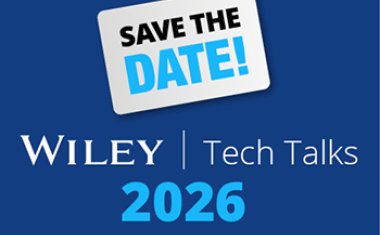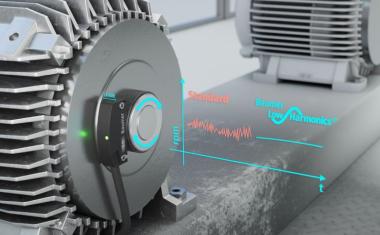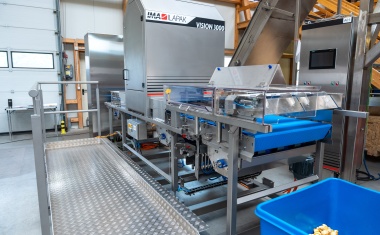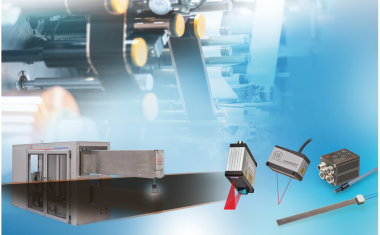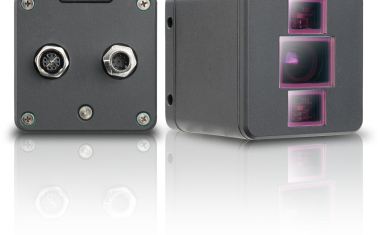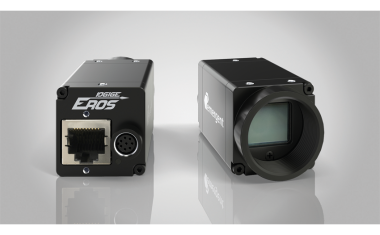How 3D printing can optimize and simplify production processes
3D printing platform enables the on-demand production of high-quality replacement and serial parts at any desired location, in the right quality and quantity
3D printing is opening up new ways for companies in the automation industry to produce more flexibly, efficiently and sustainably. Read on to find out how robotics benefits from additive manufacturing, how 3D printing accelerates prototyping, and how lightweight construction is optimized.
Every year, experts working in production meet at the Motek trade fair to present and discuss the latest developments in automation technology. At a time when flexibility, cost efficiency and sustainability are becoming increasingly important, 3D printing is particularly coming into focus. This manufacturing method opens up new possibilities in robotics and automation, from customized components to on-demand spare parts. Replique is presenting various use cases in Hall 5, Booth 5125-0, and showing how its 3D printing platform can optimize and simplify the production process.
3D printing: from digital design to on-demand production
Companies today are faced with the challenge of implementing customized solutions quickly and cost-effectively. Traditional manufacturing methods often reach their limits here, especially when it comes to producing individual components such as grippers or complex assemblies. 3D printing, also known as additive manufacturing, offers a solution: it enables digital designs to be transformed directly into physical objects by building up the material layer by layer. This means that production can begin immediately, without long lead times or elaborate preparation steps.
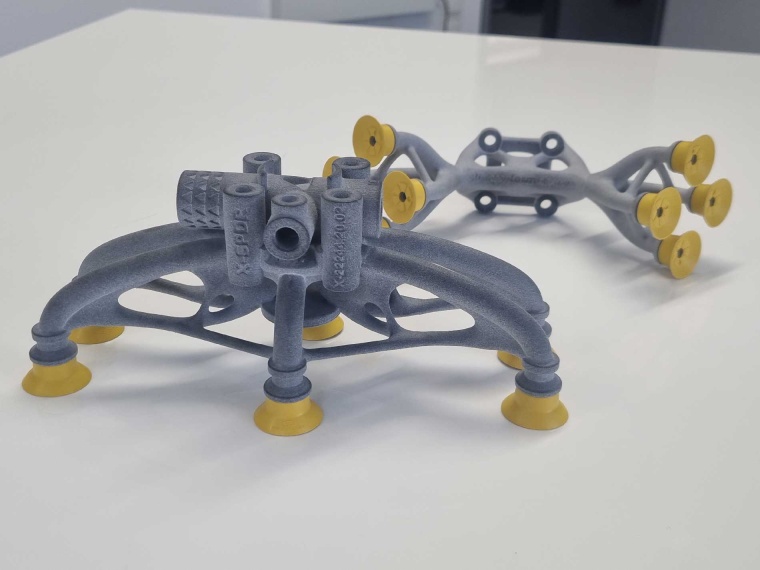
Customized robotic parts through 3D printing
A significant advantage for robotic and automation systems lies in the possibility of manufacturing customized components. Traditionally, grippers and other format parts require special tools and molds, which often leads to high minimum order quantities or even small quantity surcharges. This is not the case with 3D printing. Components can be manufactured without high investment costs. This means that 3D printing also offers small and medium-sized enterprises (SMEs) the opportunity to produce robotic parts cost-effectively.
Increased efficiency through simplified assembly and more flexible production
3D printing also simplifies assembly processes. The ability to combine multiple components into a single integrated part saves assembly time and reduces inventory complexity. This minimizes potential sources of error and increases reliability. At the same time, 3D printing makes it possible to manufacture individual components independently, which can then be quickly replaced as needed, significantly increasing flexibility and efficiency during format changes.
Optimization through lightweight construction: less weight, more power
Another key advantage of 3D printing in robotics is the ability to significantly reduce the weight of components while improving performance. The production of complex geometries and hollow structures not only saves material, but also increases stability. Lighter components are easier on the mechanics of the robots, reducing wear and tear and extending the service life of the machines. In addition, the lightweight construction enables the use of smaller robots that can still handle heavy loads – a plus for energy efficiency and CO2 reduction.
Improved hygiene standards in the food industry
3D printing also offers exciting prospects in the food industry. Targeted design can minimize joints and other potential contamination points and significantly simplify cleaning, making 3D printing an attractive manufacturing method. In addition, a wide range of food-compliant materials are available, including FDA-approved ones, which also makes this technology interesting for use in medical technology.
Spare parts on demand
Wear and tear and the unavailability of spare parts can cause significant downtime for robotic and automation machines. Replique's 3D printing platform and connected global manufacturing network provide a fast and cost-effective solution for the local production of spare parts. Instead of keeping large inventories, designs can be stored digitally. When needed, machines can be quickly returned to service with 3D-printed spare parts, minimizing downtime.
Faster prototyping and flexible design
Another advantage of 3D printing is the accelerated prototyping. Engineers can quickly turn ideas into functional models, enabling them to respond more quickly to market changes. This allows companies to adapt quickly to changing technological requirements.
Author
Mark Winker
Technical Sales Manager



